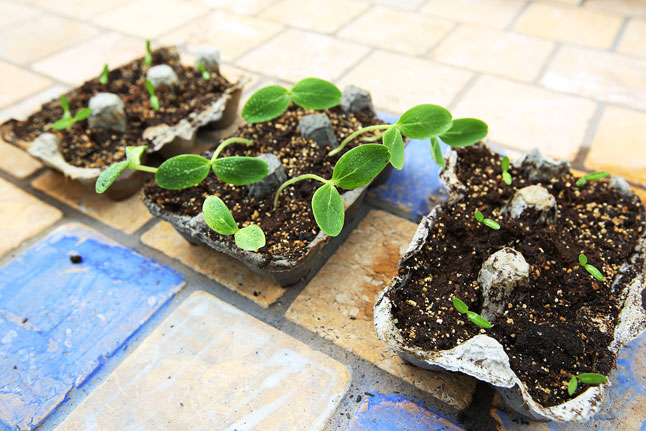Pittsburgh → Zone 6b
Based on the U.S. Department of Agriculture’s Plant Hardiness Zone Map, Pittsburgh is in zone 6b.
{This map assigns areas across the US numerical labels 1-13 with each corresponding to a different 10°F band, with each band further divided into “A” and “B” groups. Based on average seasonal lows, the higher the zone, the hotter the average* low† temperatures.}

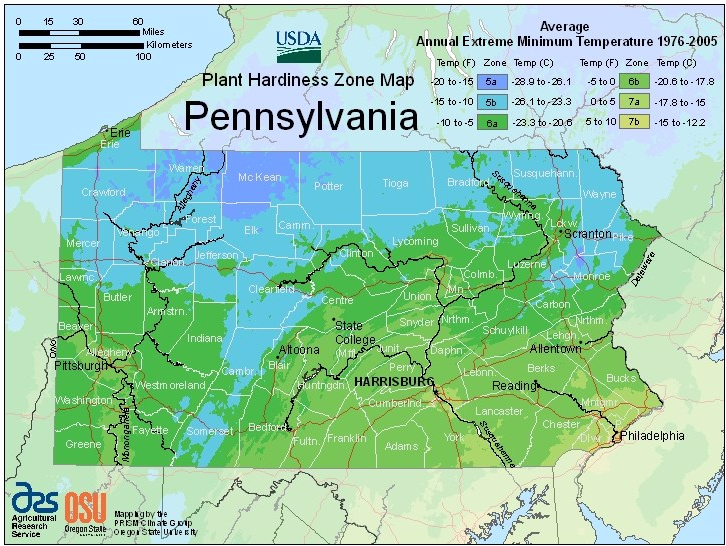
*Note that the zones are determined by average low temperature and not seasonal extreme values.
†As the Zone Map continues to be updated over time, many places are increasing in zone number with an average temperature increase of 5°F. This is yet another not so subtle hint at the observable effects of global warming.
Which plants?
A region’s zone number may indicate to a gardener which plants are most suitable and likely to thrive in their respective areas. Gardeners with lower zone numbers may find more success in either planting hardier plants or sowing seeds and waiting for the last frost of winter. I would suggest a similar technique be employed by those planning on gardening in zone 6.
While the springtime temperatures in zone 6 can be moderate, sowing some seeds early in spring will allow for a greater diversity in what species one can grow.
In zone 6, the last frost of winter is predicted to be May 1st with the first frost expected to be October 14th. For this reason, it is wise for Pittsburgh gardeners to get a head start on growing by sowing their more temperature sensitive plants. There are, however, some plants which thrive in colder weather and can be planted outside immediately following the last frost date. According to gardeningknowhow.com, these hardier plants include lettuce, radishes, and peas. Some vegetables which should first be sown indoors include tomatoes, cucumbers, peppers, and squash. I found this article from Readers Digest and this one from gardensalive.com to be particularly helpful in relaying which plants to sow. I recommend cross-checking these sites with the gardeningknowhow reference to check if any of the plants you’re interested in growing are suitable for Pittsburgh weather. Some perennials* that grow well (according to gardeningknowhow.com) are bee balm, coneflower, salvia, daisy, daylily, coral bells, hosta, and hellebore. Shrubs that thrive here include hydrangea, rhododendron, rose, rose of Sharon, azalea, forsythia, and butterfly bush.
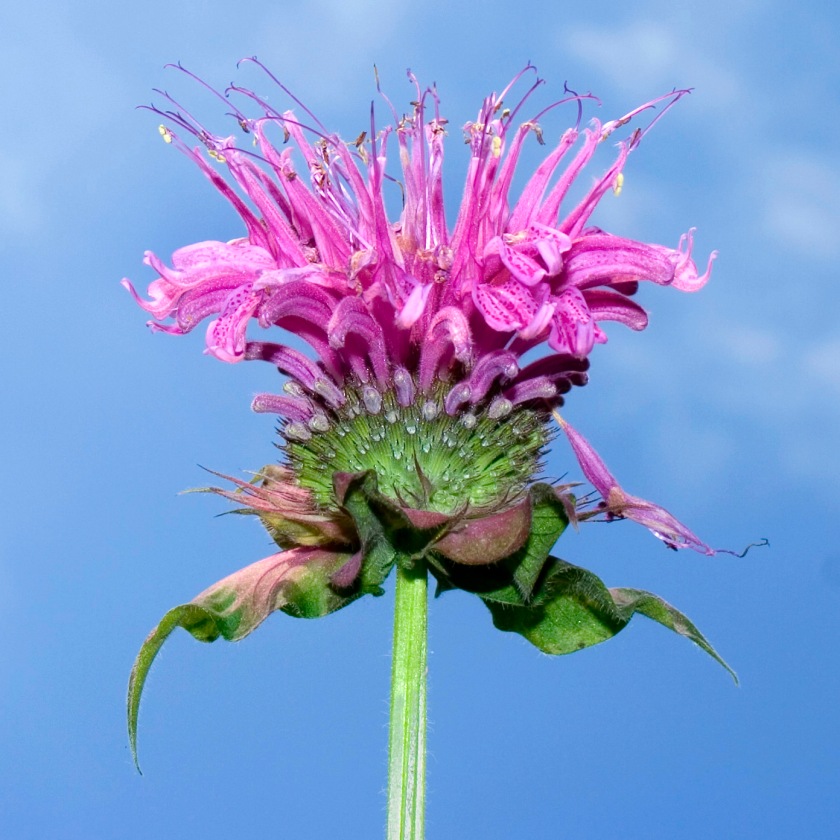
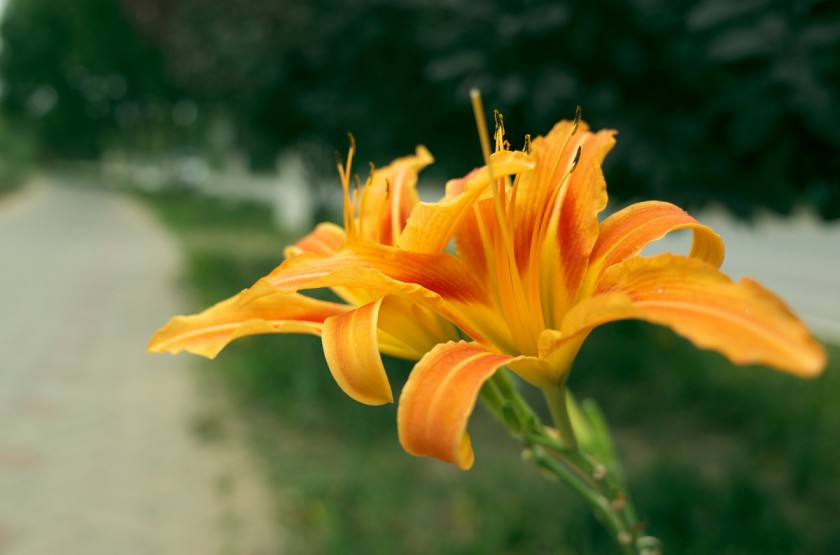
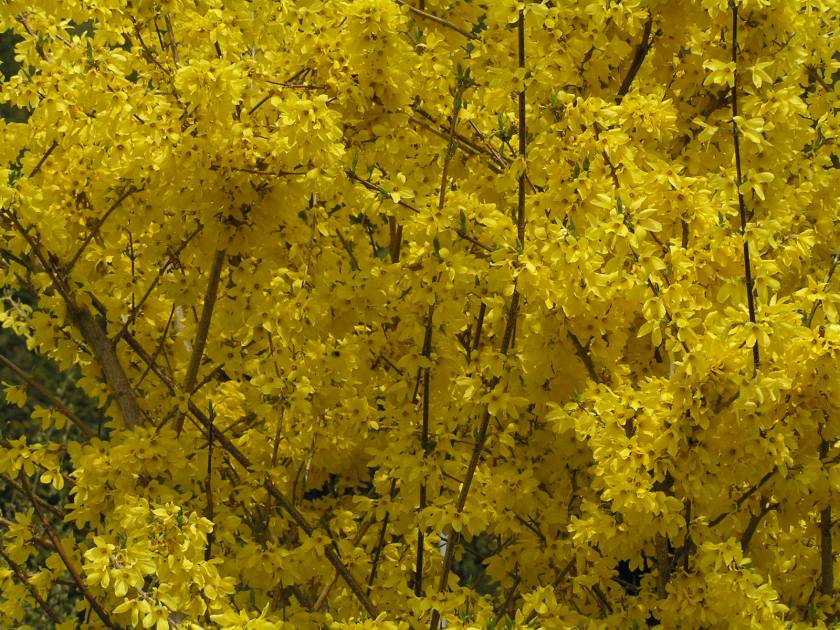
*Perennials are plants that live for more than 2 years. These can often be flowers that cyclically bloom and thrive during summer and then die every autumn and winter.
When to plant!
I’ve found in my “research” that information of what periods to plant crossed with what to plant is often presented similarly among different graphs. So instead of making my own, I decided to include some of my favorites of the ones I’ve come across.
Here’s a map from ufseeds.com:
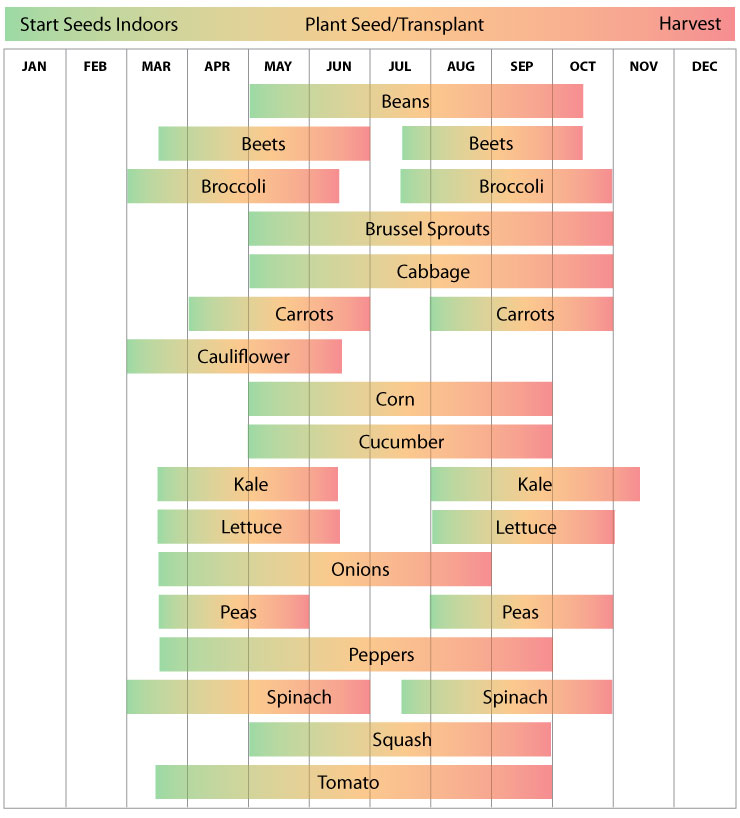
Another chart is from veggieharvest.com:
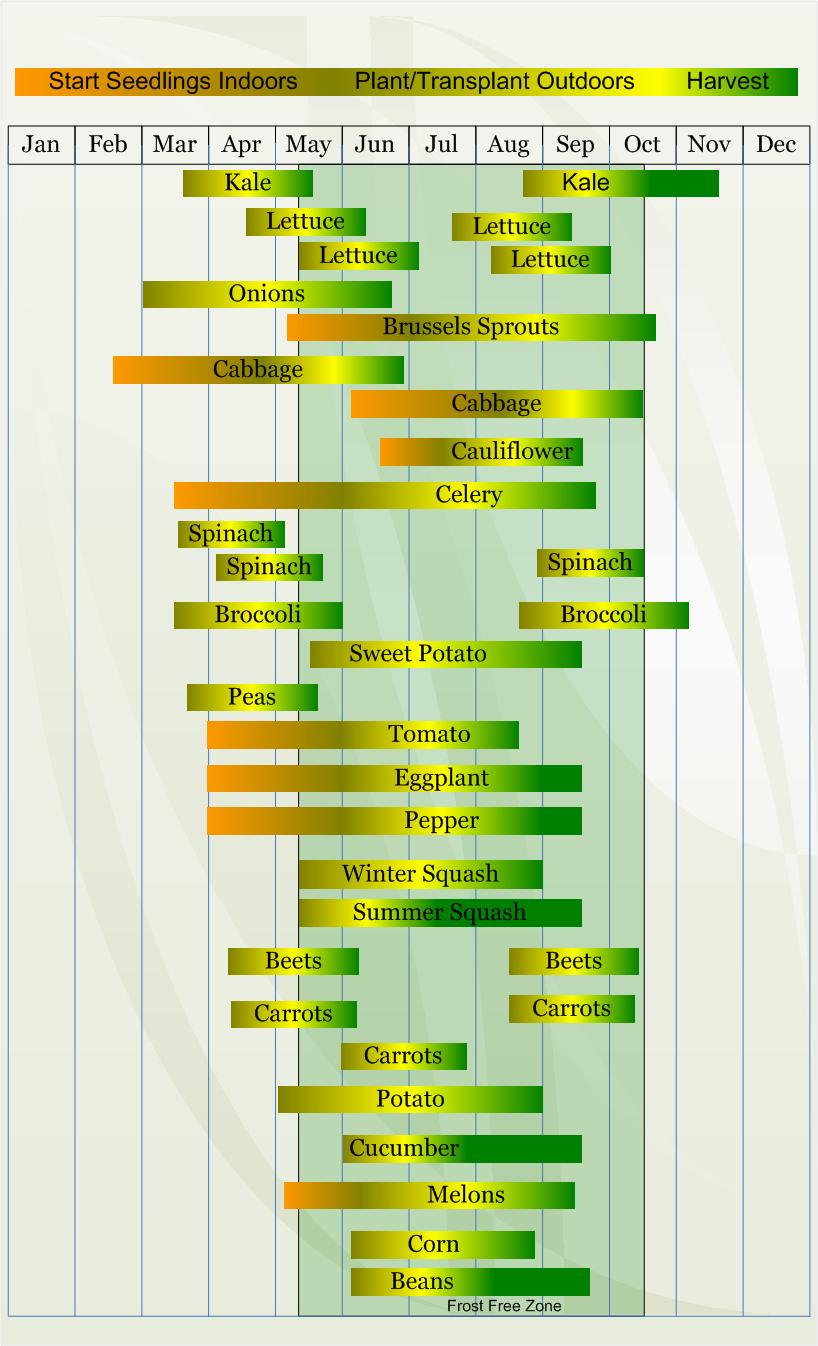
That’s all I have for this post. You can look below for some more information I came across while researching everything, I hope this helps!
Plant Hardiness Zones
Plant Hardiness Zones ctd.
More plants that are habitable in zone 6
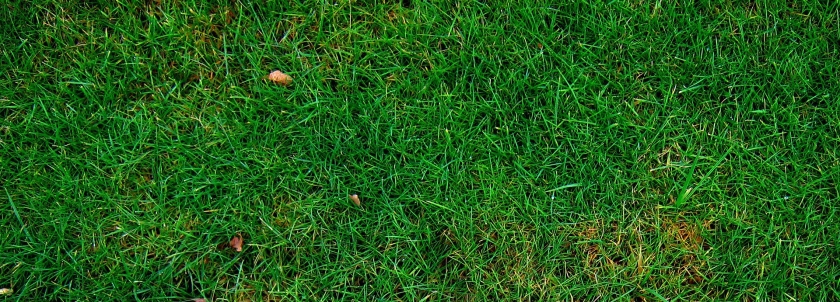



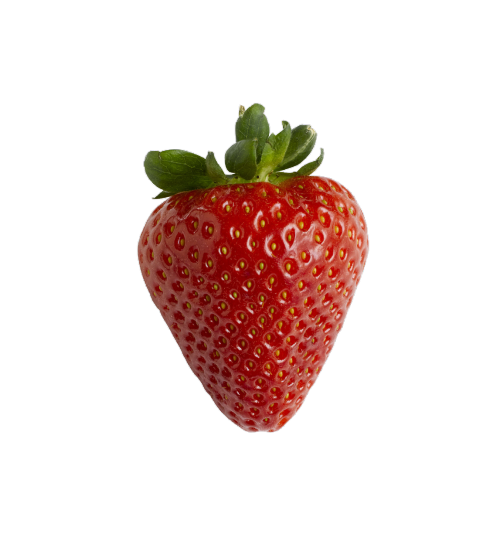




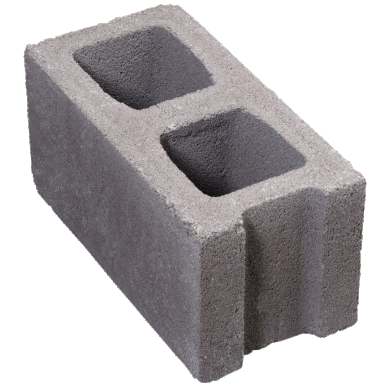 ➡️ 💐
➡️ 💐


